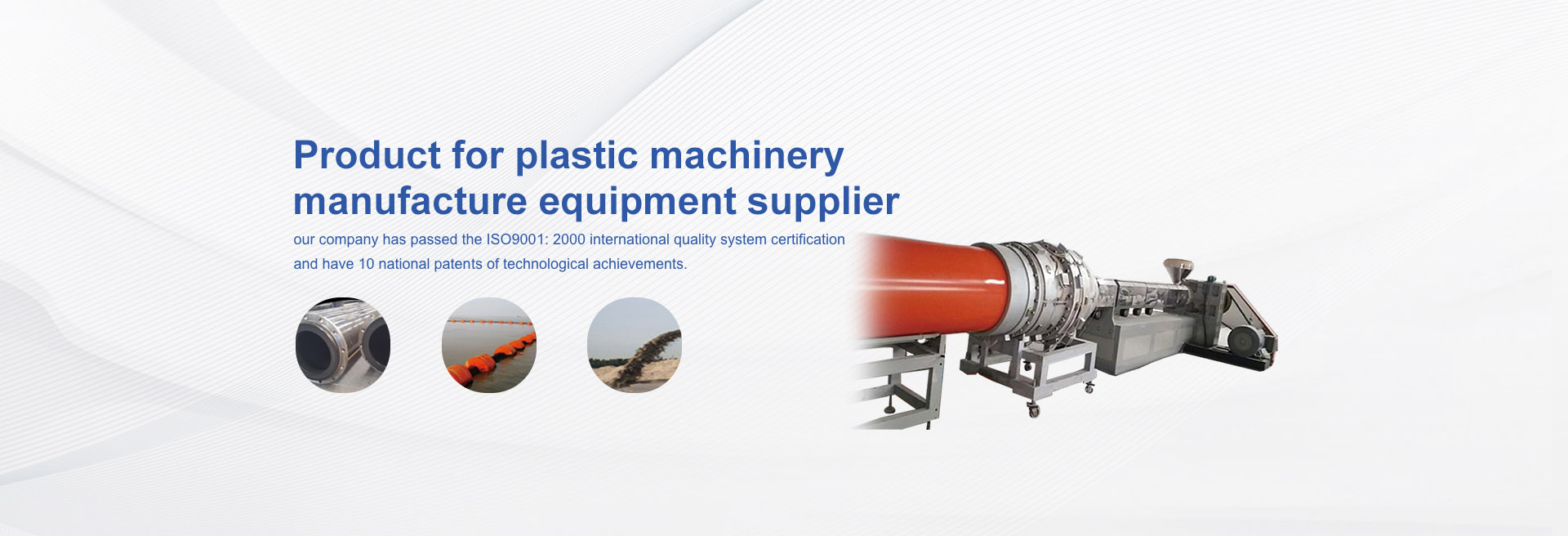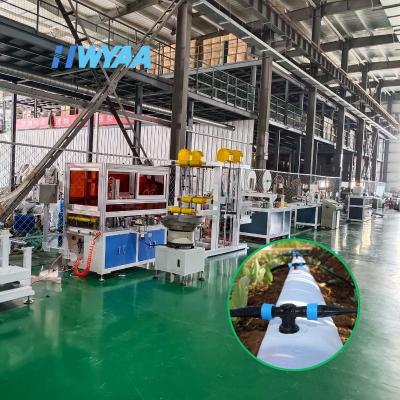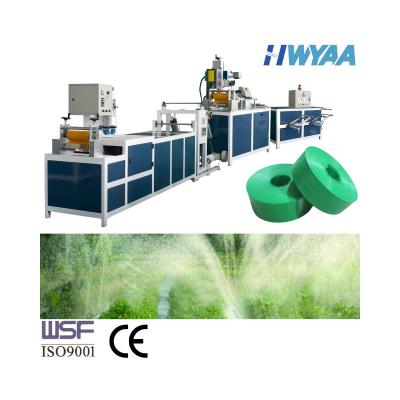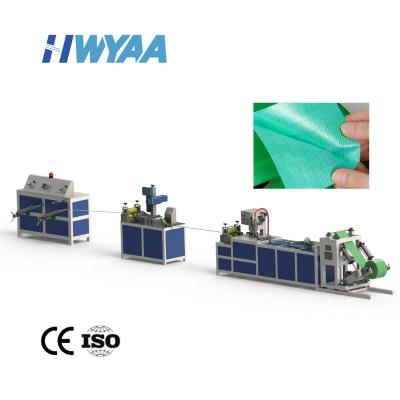Why PVC pipes will turn yellow
As an important filler, calcium carbonate has been widely used in the processing and production of PVC pipes. However, PVC produced by many manufacturers has varying degrees of yellowing and brittleness. The alkalinity of calcium carbonate has a great influence on the brittleness and yellowing of PVC pipe production equipment, which is ignored by many manufacturers. Industrial calcium carbonate precipitation alkalinity is actually the free alkali produced during the production process. Free base refers to a substance that exists in the form of calcium hydroxide during the production of calcium carbonate, but cannot be converted into calcium carbonate. Alkalinity will react with other plasticizers in the plastic, causing the plastic to become brittle and yellow. Free alkali is an important technical indicator of calcium carbonate products and should be strictly controlled during the production process. The formation of basic calcium carbonate is the main reason for the increase in alkalinity of calcium carbonate.
1. Lime overburning: In the calcining process of lime, due to the different sizes of agglomerates and poor mastery, it is easy to cause lime overburning, lime digestion water overburning, low water temperature, incomplete digestion, and lime particles. The calcium carbonate formed in the carbonization process takes fine particles as the core and deposits on it, and the surface is covered with a layer of calcium oxide particles. It is known that calcium oxide crystals are cubic, and calcium carbonate crystals are hexahedrons. The angle between the two crystals is different. After being heated, the coefficient of expansion is different, causing the particles to break, and the calcium oxide decomposes and becomes alkaline.
2. High free alkali: Due to the low temperature and high solubility of calcium hydroxide, especially in cold weather, alkaline calcium carbonate is generated in alkaline solution. During the carbonization process, the milk of lime contains solid calcium hydroxide and water-soluble calcium hydroxide ions, and the carbonized product is carbon dioxide. It is an alkaline calcium carbonate, which changes with the temperature of the carbide solution and the inflow of carbon dioxide. It can become three different calcium carbonates (calcite, spirit stone and aragonite). The results show that when the carbonization is over, ph=8-10 is alkaline and will not damage the alkaline calcium carbonate. This kind of basic calcium carbonate does not have time to enter the next process. When it enters the rotary dryer, the temperature rises, it will be decomposed into calcium hydroxide and calcium hydroxide, and the alkalinity will increase.
High alkalinity and cold weather are more prominent than hot weather. The key is high temperature weather, high water temperature and strong lime digestibility. The temperature of the carbonization tower is relatively high, and the solubility of calcium hydroxide is low, which makes it difficult to form calcium. Carbon fiber is easily converted into calcium carbonate. Therefore, the alkalinity is lower in hot weather than in cold weather.
Therefore, in the processing of PVC pipe fittings, not only the particle size, whiteness, moisture, sedimentation, mineral elements, but also the alkalinity of calcium carbonate must be paid attention to.






